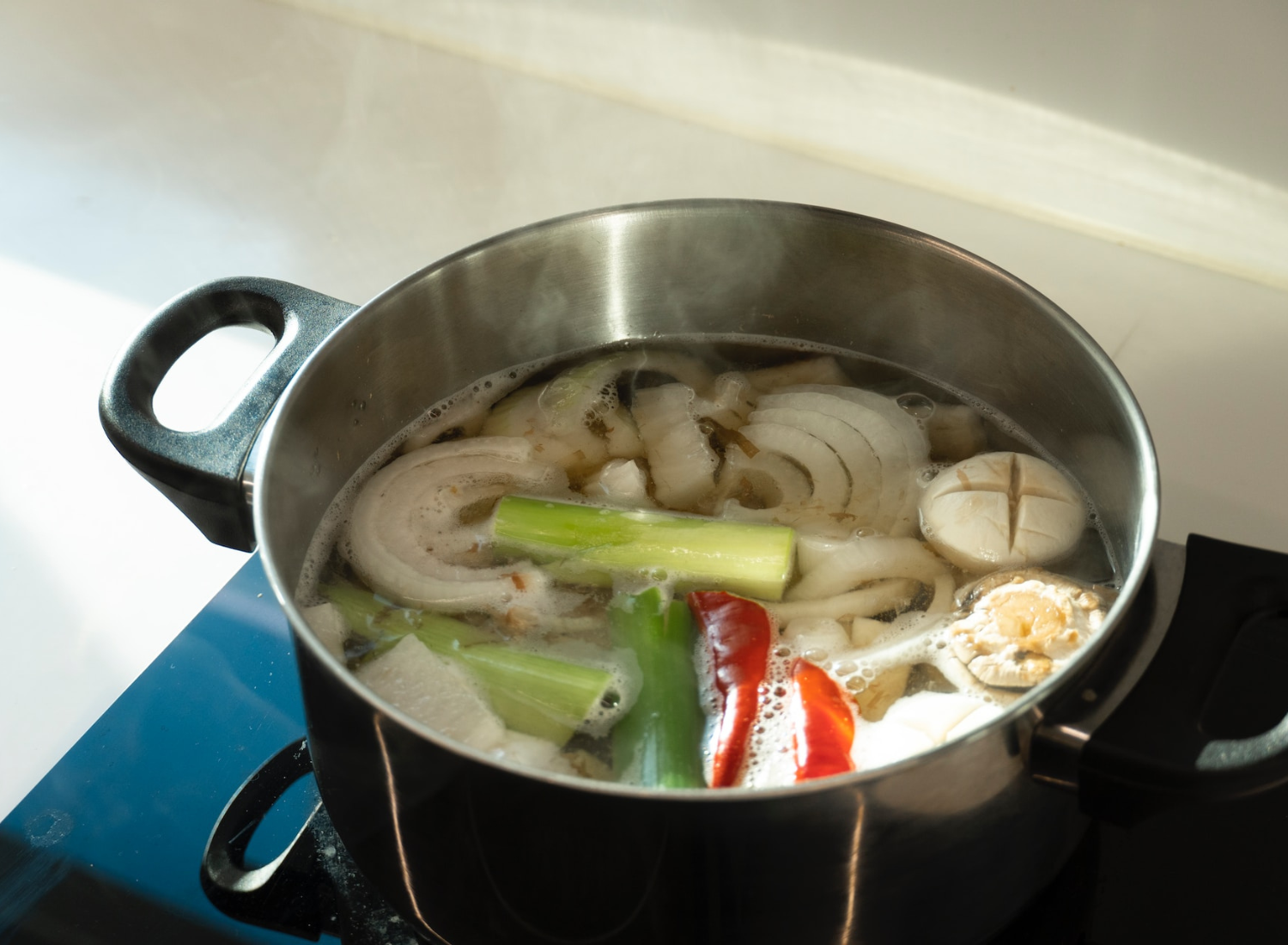Cooking Green: Master the Zero-Waste Kitchen on a Student Budget

It’s easy to associate a student kitchen with takeout boxes, discarded pizza crusts, and leftovers going to waste. But what if you could transform your student kitchen into a haven for eco-friendly cooking, all while staying within a tight budget? Welcome to the world of green cooking, where sustainable choices are at the heart of every dish.
While you might be juggling assignments and searching for research papers for sale, turning your kitchen green doesn’t have to be another source of stress. Let’s journey through the steps to make this transformation a breeze.
Begin With a Sustainable Mindset
You can work wonders with the right mindset. Here are the steps to achieve that:
- Educate Yourself on Food Waste. Dive into the real impact of wasted food. When organic waste breaks down, it releases methane—a greenhouse gas far more potent than carbon dioxide. Understand the broader implications, from resource wastage (like water and fuel) to economic losses.
- Set Zero-Waste Goals. Start small. Instead of going zero-waste overnight, aim to reduce your waste bit by bit. Whether it’s committing to using fewer plastic bags or saving leftovers, each step is a stride toward sustainability.
- Join a Community. Connect with like-minded students or online communities. Share tips, exchange eco-friendly recipes, and keep each other motivated on this green journey.
The Eco-Friendly Student Shopping List
Embracing a zero-waste kitchen isn’t just about cooking—it’s also about smart shopping:
- Reusable Cloth Bags. More durable than plastic bags, these can be used for everything, from veggies to grains. Plus, they’re a stylish accessory to tote around!
- Bulk-Buy Containers. Buy in bulk. Grains, pasta, spices, and even some snacks can be stored in these containers.
- Beeswax Wraps. Move over, plastic wraps! These natural, reusable wraps can be used to store anything. They’re breathable, so food stays fresher for longer.
Maximizing Ingredients and Minimizing Waste
Learn More About Ingredients
Take potatoes, for example. While we often eat the flesh, the skins—rich in fiber and nutrients—are discarded. Educate yourself on which parts are edible. You’d be surprised how much of what we usually discard can be turned into delicious dishes!
Store Foods Properly
Proper storage can extend the life of your groceries. Leafy greens, for instance, last longer when stored in a damp cloth in the fridge. Meanwhile, apples can cause other fruits and veggies to ripen and rot faster, so store them separately.
Note Preservation Techniques
Explore the world of fermenting, pickling, and canning. These methods extend shelf life and enhance the nutritional value and flavor of foods.

Tasty Meals From Scraps
Before tossing out those seemingly useless bits, think again:
- Vegetable Broth From Scraps. Beyond onion peels or carrot tops, think mushroom stems, corn cobs, and the ends of bell peppers. All these can be boiled together to create a delicious, aromatic broth.
- Potato Peel Chips. Season them with some herbs, a drizzle of olive oil, and a touch of salt. Pop them in the oven until crisp!
Searching for such recipes might lead you down a rabbit hole, and you may even stumble upon research paper writing service suggestions along the way. Combining culinary adventures with academics? That’s multitasking at its best!
The Art of Leftovers Is a Thing
Leftovers don’t mean repeating the same meal endlessly. Repurpose them creatively:
- Reimagine Dishes. Turn last night’s roasted veggies into a hearty soup or blend them into a sauce for pasta.
- Use Technology. Freezing is your friend. From soups to sauces, most dishes can be frozen and reheated without a loss in flavor or texture.
- Stay Organized. Label and date leftovers. It ensures that nothing gets forgotten at the back of the fridge. Plus, if you ever decide to buy a research paper to save time for exam preparation, for instance, a well-organized fridge ensures you have meals ready to go when you’re in a rut.
Key Benefits of a Zero-Waste Kitchen
- Environmental Friendliness. Reducing waste helps combat climate change and lessens landfill burden.
- Economically Smart Move. Buying in bulk and using every part of the food means you’re getting more value for your money.
- Boosting Creativity. Every food scrap becomes an opportunity to invent a new dish.
- Health Benefits. By focusing on whole foods and minimizing processed ones, you’re opting for a healthier lifestyle.
- Emotional Satisfaction. There’s a unique joy in knowing your culinary habits are contributing to Earth’s well-being.
As you delve deeper into sustainable cooking, don’t forget that there are resources to help in other aspects of student life. For instance, the best paper writing service can be a lifeline during stressful academic times.
To Sum Up
Turning your student kitchen into a zero-waste zone is more than just an eco-friendly choice—it’s a lifestyle that offers rewards in health, savings, and satisfaction. As college equips you with knowledge for your career, let the zero-waste principles equip you with sustainable habits for life. Embrace the green culinary adventure, one meal at a time.



